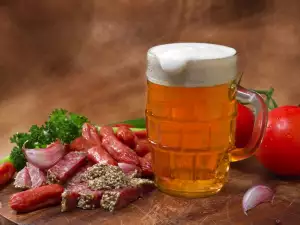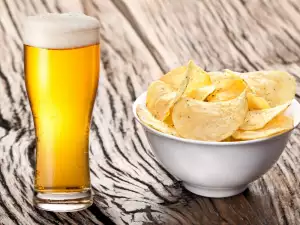By presumption, most beer lovers prefer light beer in the summer and dark beer in the winter. This is perhaps, because dark beer is considered heavier than light beer.
The oldest records of beer brewing are around 6, 000 years old. They refer to the Sumerians. Sumeria was located between the Tigris and Euphrates rivers, including Mesopotamia and the ancient cities of Babylon and Ur. The Sumerians are believed to have discovered fermentation as a process by chance.
The earliest sources for brewing beer are ancient Sumerian engravings. The resulting drink made people feel "cheerful, wonderful and endlessly happy." They considered this "divine drink" a gift from God.
After the Sumerian Empire was destroyed in the second millennium BC, the knowledge of brewing beer was inherited by the Babylonians. It is known that in Babylon they knew how to brew 20 different types of beer. However, the method was not perfect. The beer was cloudy and unfiltered. Over time, it spread out to Egypt.
Today, around 9 million brands of beer are produced in the world. They are divided depending on its main indicators - color intensity, taste and dark and light flavor. In light beer it is normal to feel the bitterness of hops and in dark beer - a sweet, winey and caramel flavor, the bitterness in it is softer.
Light beer can contain between 8 and 20% dry matter, while dark beer - from 12 to 21%. This concentration is given either in percent or in Balling degrees. This unit is named after the Czech chemist Prof. Karel Napoleon Balling (1805–1868).

Balling's degrees represent the weight percentage of the extract, measured in grams, contained in 100 g of solution. It follows, that a beer with a low alcohol content has a density of up to 5%, with an average - up to 12%, a strong beer has a density of over 14%.
Density, or more precisely the concentration of dry matter in malt, is often mistaken for the alcohol content of beer. In reality, this indicator determines how much dissolved solids from the starting mixture (malt, hops, etc.) have passed into the beer.
Usually this is 10-12%. This inscription is directly dependent on the alcohol content of the beer. This is because there is no way to get a strong beer from a low density raw material.
The difference between dark and light beer is both in color and taste. Preference is determined by experience.




















Comments